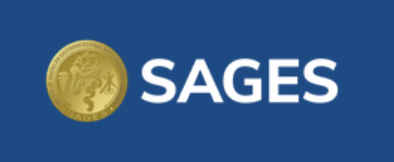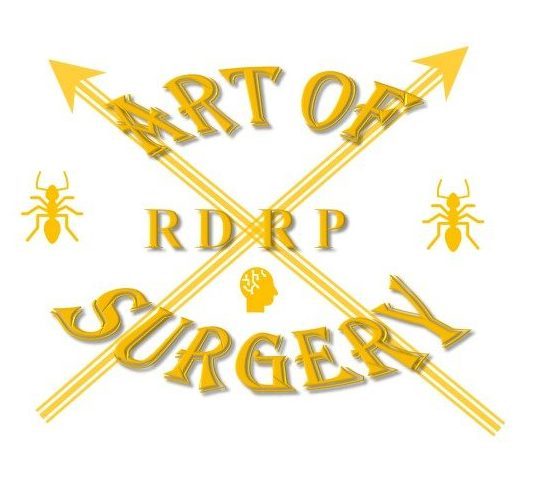SAGES Safe Cholecystectomy Programme

S1. Use the Critical View of Safety (CVS) method of identification of the cystic duct and cystic artery during laparoscopic cholecystectomy.7
- Three criteria are required to achieve the CVS:
- The hepatocystic triangle is cleared of fat and fibrous tissue. The hepatocystic triangle is defined as the triangle formed by the cystic duct, the common hepatic duct, and inferior edge of the liver. The common bile duct and common hepatic duct do not have to be exposed.
- The lower one third of the gallbladder is separated from the liver to expose the cystic plate. The cystic plate is also known as liver bed of the gallbladder and lies in the gallbladder fossa.
- Two and only two structures should be seen entering the gallbladder.

Critical view of safety anterior view  Critical view of safety posterior view
Critical view of safety posterior view

|

|
2. Understand the potential for aberrant anatomy in all cases.
- Aberrant anatomy may include a short cystic duct, aberrant hepatic ducts, or a right hepatic artery that crosses anterior to the common bile duct.9 These are some but not all common variants.
3. Make liberal use of cholangiography or other methods to image the biliary tree intraoperatively.
- Cholangiography may be especially important in difficult cases or unclear anatomy.
- Several studies have found that cholangiography reduces the incidence and extent of bile duct injury but controversy remains on this subject.10
4. Consider an Intra-operative Momentary Pause during laparoscopic cholecystectomy prior to clipping, cutting or transecting any ductal structures.
- The Intra-operative Momentary Pause should consist of a stop point in the operation to confirm that the CVS has been achieved utilizing the Doublet View.
5. Recognize when the dissection is approaching a zone of significant risk and halt the dissection before entering the zone. Finish the operation by a safe method other than cholecystectomy if conditions around the gallbladder are too dangerous.
- In situations in which there is severe inflammation in the porta hepatis and neck of the gallbladder, the CVS can be difficult to achieve. The sole fact that achieving a CVS appears not feasible is a key benefit of the method since it alerts the surgeon to possible danger of injury.
- The surgical judgment that a zone of significant risk is being approached can be made when there is failure to obtain adequate exposure of the anatomy of the hepatocystic triangle or when the dissection is not progressing due to bleeding, inflammation or fibrosis.
- Consider laparoscopic subtotal cholecystectomy or cholecystostomy tube placement, and/or conversion to an open procedure based on the judgment of the attending surgeon.
6. Get help from another surgeon when the dissection or conditions are difficult.
- When it is practical to obtain, the advice of a second surgeon is often very helpful under conditions in which the dissection is stalled, the anatomy is unclear or under other conditions deemed “difficult” by the surgeon.
*Note: These strategies are based on best available evidence. They are intended to make a safe operation safer. They do not supplant surgical judgment in the individual patient. The final decision on how to proceed should be made by the operating surgeon, according to his/her experience and judgment.
